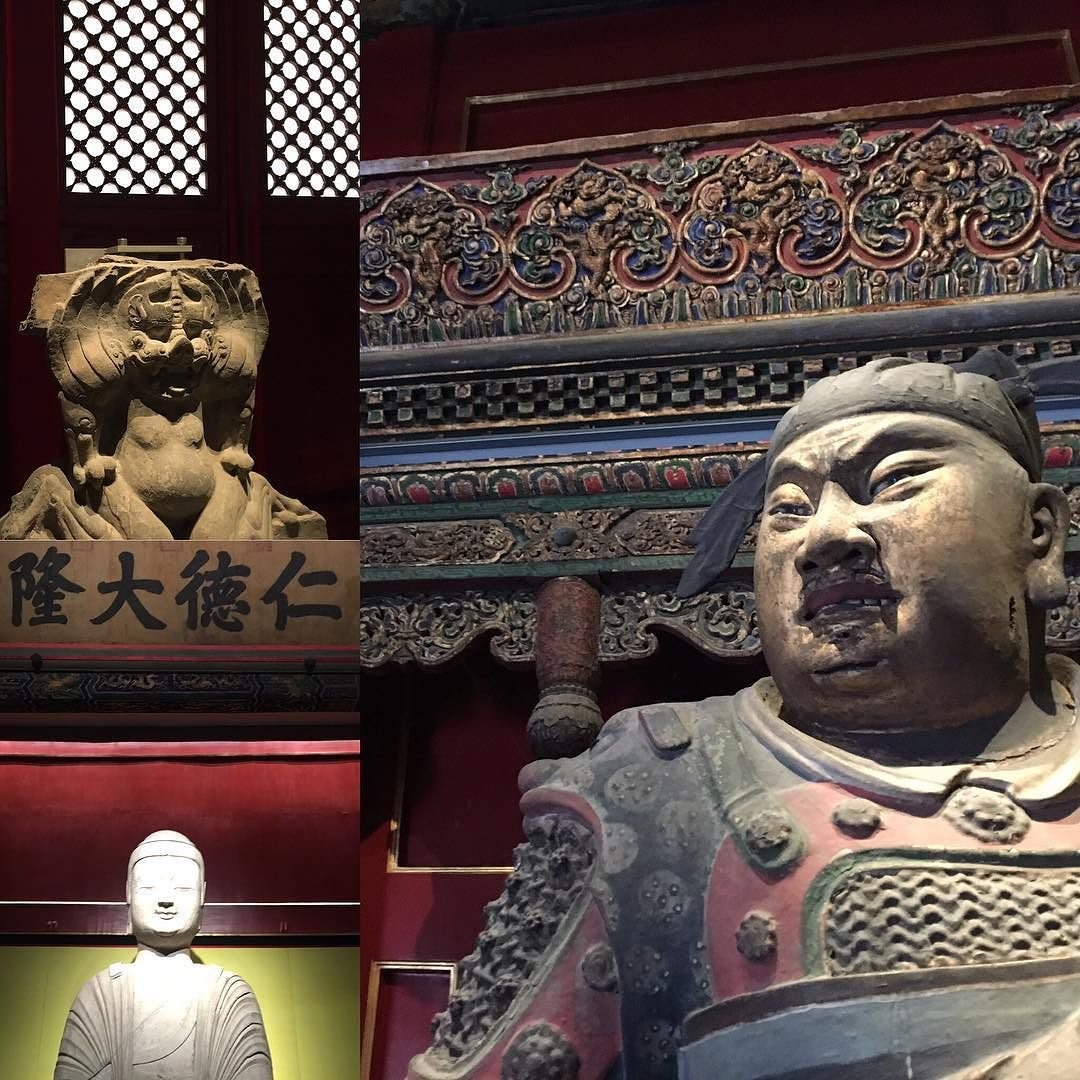The October holiday is around the corner and with it the promise of teeming crowds turning already packed historical sites into Satan’s mosh pit.
For many residents of Beijing, the LAST place to be during the holidays is the Forbidden City. But even during the busiest weeks, there are a few tricks which can make your visit to the Forbidden City tolerable, if not actually pleasant.
1) Go in the morning. The Forbidden City limits ticket sales to 80,000 per day. That may sound like a lot, but it is not unusual during holidays and special exhibitions for tickets to sell out by early afternoon. For example, on a relatively busy Tuesday (today), the Forbidden City had already sold 44,000 tickets before 10.30am. (Advanced Tip: There is an online reservation system which allows you to reserve up to 10 tickets for your group but you will need to be able to read Chinese – or know someone who does – and have a domestic form of payment such as Alipay or Zhifubao.)

The Meridian Gate – The front door for the emperors and the main entrance of the Palace Museum
2) Skip Mao. 90 percent of visitors approach the Forbidden City from the south, entering via Tiananmen. But getting to that point usually requires passing through long lines and official security checks. You can avoid these by instead approaching from the east or west rather than walking in under the big picture of Mao. I prefer going through Zhongshan Park along the western edge of the Forbidden City. From the Tiananmen West subway stop, travel north along Nanchang Jie 400 meters to the gate of Zhongshan Park. Pay the small (RMB 2-3) entrance fee, walk along the moat to the park’s eastern entrance and this will take you directly to the ticketing plaza in front of the Forbidden City’s main entrance. You will still have to wait in line for museum security before going inside, but anytime in Beijing you can skip a line, you save a lot of time.

Late last year, the walls between the Meridian Gate (the front entrance) and the Donghua Gate (the east entrance) opened to the public. Allowing for a quiet overhead view of the southeastern section of the Forbidden City
3) Avoid the central axis. Once again, about 90 percent of visitors proceed along the same central route right through the heart of the Forbidden City. Avoid the crowds and explore the more interesting parts of the palace by turning left or right. For example, entering the main gate and turning immediately right you can find the stairs which allow you to ascend to the top of the wall surrounding the southeast corner of the Forbidden City. Walking along this wall takes you to the East Gate which has a quiet and fascinating museum of palace architecture. Descending the stairs from the East Gate and heading back toward the first courtyard you will pass by the Hall of Literary Flourishing which is now a well-curated museum of ceramics.

The interior of the Shoukang Palace. Opened in late 2015, this section in the western part of the Forbidden City features buildings where visitors can actually go inside and see historically accurate restorations of palace life
4) Avoid the central axis, pt. 2: Be sure to visit the Shoukang Gong and Cining Gong. Recently renovated and opened to the public last year, the new sections include an imperial garden and residence (home of the Emperor’s mother during the 18th century), a working archaeological site, and a sculpture exhibit that features pieces dating back over 1,500 years including terracotta soldiers on loan from Xi’an.

Sculpture gallery at Cining Gong (Cining Palace). Also located in the western section of the Forbidden City
5) You don’t have to exit the North Gate. Officially, the Forbidden City is one-way, south to north, but the transportation options outside of the North Gate are limited to crowded buses and avaricious trishaw hustlers. Instead double back to the East Gate (also known as Donghuamen) and exit there. It’s a quieter street, much closer to the subway and with better taxi options. If you’re hungry, TRB Bites and a branch of the fabulous Beijing restaurant Siji Minfu are right outside the gate. Both offer seating which looks out onto the palace moat.
6) Bring your passport with you. Leave your lighter at home. New policies enacted in 2015 require a form of national identification for each ticket purchased. If you forget your passport you can try something else (I had a client get in with their Colorado driving license) but that doesn’t always work. The security checkers are also on the lookout for lighters. Having failed to convince people that it’s probably a bad idea to smoke inside a 600-year-old palace made of wood, the staff have taken the next logical step: confiscating all lighters at the front door.
This post first appeared on our sister site, the Beijinger.
Photos: Jeremiah Jenne



